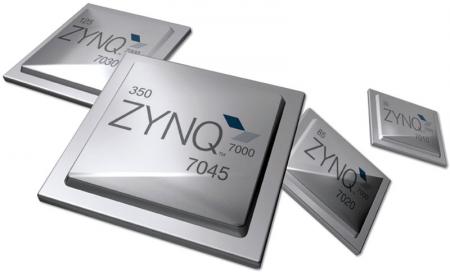Hardware Design Verification
At LeanRISC, we have collaborated with various customers to verify complex SoC designs. Our experience runs deep and our expertise includes:
- Creating SystemVerilog/UVM powered custom Verification IP
- Integrating UVM compliant testbench infrastructure
- Writing reference models in C/C++ to verify the design functionality using DPI layer
- Wide domain expertize including Ethernet, Telecom, Automobile, Network-on-Chip, HDMI, PCI-Express and USB protocols
- We also provide corporate trainings for SystemVerilog and UVM, as part of bootstrapping verification effort at customer site
